Disclosure: This article contains affiliate links. We may earn a commission from purchases at no extra cost to you, which helps our travel content.
The concept of luxury mountaineering might seem paradoxical, but Tanzania's iconic Kilimanjaro has evolved to offer an experience that marries the raw challenge of Africa's highest peak with refined comforts typically reserved for five-star resorts. Having summited four of the world's seven peaks, I approached this expedition with professional skepticism—could true luxury exist at 19,341 feet? What I discovered was a masterclass in elevated adventure, where precision logistics and thoughtful amenities transformed what many consider an endurance test into a curated journey of both physical achievement and sensory indulgence.
The Evolution of Elite Mountaineering
The premium Kilimanjaro experience begins long before you set foot on the mountain. My journey started with a private consultation three months prior, where expedition planners mapped out a customized itinerary based on my fitness level, previous altitude experience, and specific interests in Tanzania's ecosystems. The Lemosho Route was selected for its optimal acclimatization profile and diverse landscapes—a strategic choice that exemplifies how luxury in mountaineering is as much about intelligent planning as it is about amenities.
Upon landing at Kilimanjaro International Airport, the contrast with standard expeditions became immediately apparent. Rather than joining a group transfer, I was met by a private liaison who expedited immigration procedures through a VIP channel, then escorted me to a waiting Land Rover Defender—customized for both comfort and capability on Tanzania's varied terrain. The 90-minute transfer to Arusha featured a briefing from an expedition coordinator while I sampled a selection of Tanzanian coffee varieties, a thoughtful touch given my background in specialty coffee.
The pre-climb accommodation at Legendary Lodge set the tone with its colonial-style cottages nestled among working coffee plantations. Here, I underwent a comprehensive medical assessment with an expedition doctor who monitored my vitals and adjusted my acclimatization schedule based on the findings—a level of personalized attention that defines true luxury adventure.
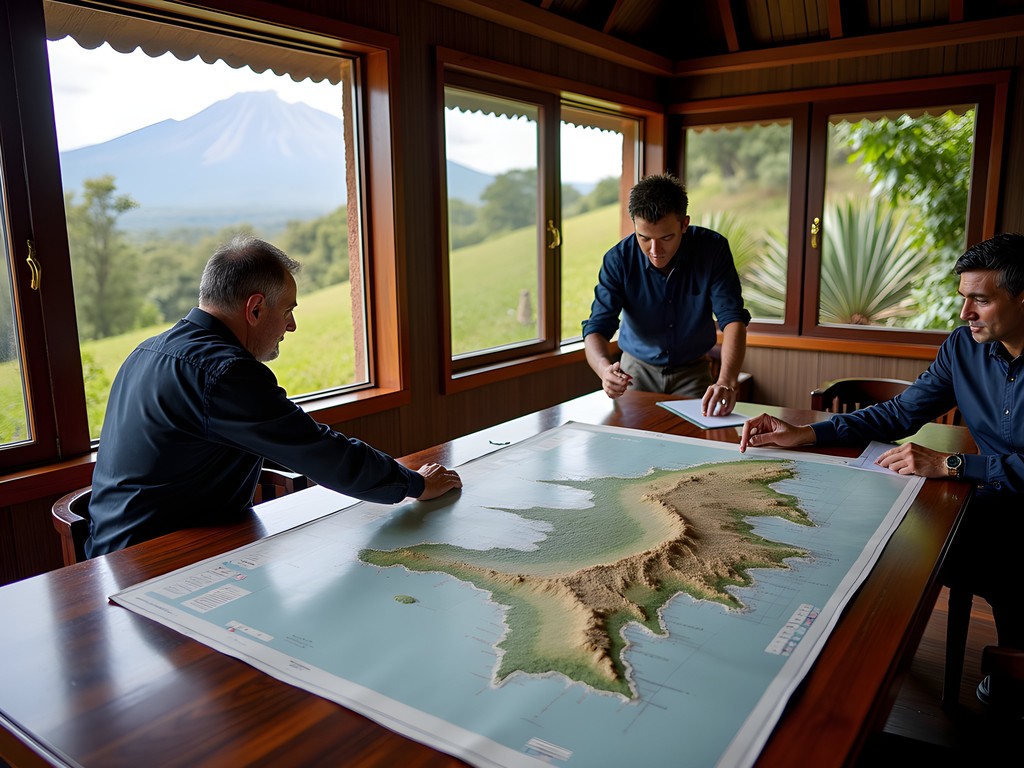
💡 Pro Tips
- Book at least 6 months in advance for prime climbing dates (July-October)
- Request your expedition's chef details in advance to customize meal plans
- Consider adding a 3-day safari extension—the logistics are seamless with premium operators
Basecamp Reimagined: The Walking Lodge Experience
Forget the image of standard expedition tents clustered in dusty clearings. Luxury Kilimanjaro transforms the concept of basecamp with what operators call 'walking lodges'—spacious, custom-designed weatherproof structures that migrate up the mountain with you. My personal accommodation featured a memory foam mattress on a raised platform, solar-powered lighting, charging stations for electronics, and even a portable heater for the higher, colder camps.
The communal dining tent redefined mountain cuisine with white linen service, proper glassware, and a dedicated chef who prepared three-course meals featuring ingredients carried up by an enhanced porter team. One particularly memorable dinner at Barranco Camp (13,000ft) included grilled rainbow trout, roasted root vegetables with local herbs, and a passion fruit panna cotta that would have been impressive at sea level, let alone in such a remote setting.
Perhaps most remarkable was the portable bathroom solution—private composting toilets housed in weatherproof structures that eliminated the notorious 'long-drop' experience of standard climbs. My expedition also featured a hot shower system available at each camp, using solar-heated water dispensed through a portable pressure shower that delivered 5-7 minutes of blissful cleanliness each evening.
The attention to environmental sustainability impressed me as much as the comfort. Every luxury element was designed with minimal impact principles—from the solar lighting that illuminated pathways between tents to the sophisticated waste management system that ensured nothing was left behind.

💡 Pro Tips
- Pack lightweight technical loungewear for comfort in camp—you'll have time to enjoy the amenities
- Bring a quality camera with extra batteries—charging options exist but are limited
- Request your shower time upon arrival at each camp for optimal water temperature
Summit Day: Where Luxury Meets Challenge
Summit day on any major peak represents the crux of the expedition—the moment where comfort necessarily yields to challenge. Yet even here, the premium Kilimanjaro experience maintains thoughtful touches that ease the journey without diminishing the achievement.
Our summit push began at midnight, standard practice to reach the peak at sunrise. What wasn't standard was the pre-summit meal—a carefully calibrated combination of slow-release carbohydrates, proteins, and electrolytes prepared by a nutritionist specifically for high-altitude performance. My guide handed me activated oxygen canisters at strategic intervals during the ascent, a supplement that noticeably reduced the headache I'd experienced on previous high-altitude climbs.
The guide-to-client ratio of 2:1 meant personalized pacing and constant monitoring of my condition. My lead guide, Joseph, had summited Kilimanjaro over 300 times and adjusted our micro-route based on my energy levels and the conditions. The secondary guide carried a comprehensive medical kit including a portable hyperbaric chamber—equipment rarely found on standard expeditions.
The summit itself delivered the expected euphoria, amplified by the knowledge that we had timed our arrival perfectly for the 'golden hour' when photography conditions are optimal. My guide—anticipating the moment—produced a vacuum flask containing hot chocolate spiked with a measure of Amarula cream liqueur, along with fresh pastries baked at high camp before our departure. These small luxuries transformed the typically brief, cold summit experience into a moment of genuine celebration.
For the descent, I was grateful for my trekking poles which saved my knees on the steep scree slopes. The premium poles' shock absorption and ergonomic cork grips made a noticeable difference during the 4,000+ foot descent to high camp.
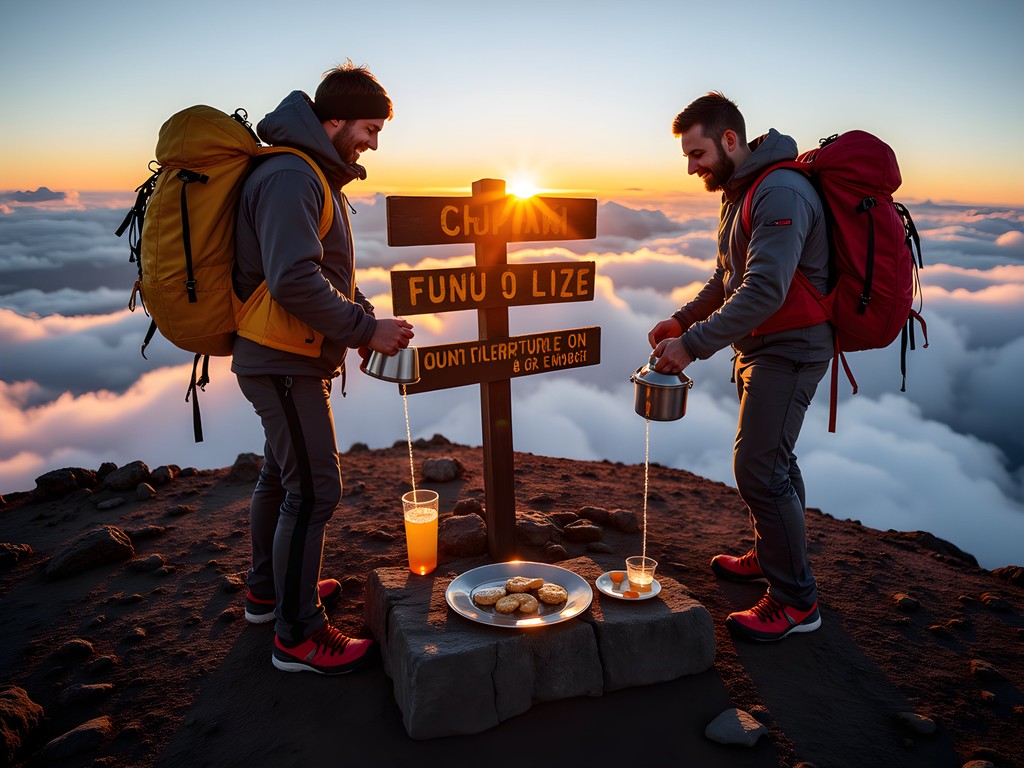
💡 Pro Tips
- Use hand warmers inside gloves for summit day—even luxury expeditions can't control the temperature at 19,000+ feet
- Request your guides to carry a small thermos of your preferred hot beverage for the summit
- Consider renting premium down outerwear rather than purchasing—many luxury operators provide this option
Recovery & Reflection: The Post-Summit Experience
The differentiation of premium Kilimanjaro expeditions continues well after the summit. Where standard trips rush clients down to the gate for immediate transfer back to town, luxury itineraries build in a proper recovery phase that honors both the physical achievement and the psychological journey.
Our descent from high camp featured a champagne lunch at a specially prepared site with actual chairs, tables, and stunning views of the route we'd conquered. The final night on the mountain included a surprise massage therapist who had hiked up to provide 30-minute recovery treatments using percussion therapy techniques that targeted hiking-specific muscle groups—an intervention that significantly reduced my post-climb soreness.
Upon reaching the exit gate, rather than boarding a crowded shuttle, I was met with a private transfer to Legendary Lodge where a custom recovery program awaited. This included a deep-tissue massage focusing on quadriceps and calves, a private dinner featuring anti-inflammatory ingredients, and a specially formulated bath with muscle recovery salts that worked wonders on my tired muscles.
Perhaps most valuable was the expedition debrief—not just the standard certificate presentation, but a thoughtful discussion with the head guide and expedition manager about the experience, complete with professional photographs documenting key moments of my journey. This narrative closure provided psychological completion that many climbers miss in the rush to depart.

💡 Pro Tips
- Schedule at least two recovery days before flying home—your body needs proper decompression time
- Request digital copies of all expedition photos before departure—some companies charge premium rates after you've left
- Consider extending your stay for a wellness retreat at one of Tanzania's luxury lodges
The Investment: Understanding Premium Expedition Pricing
The luxury Kilimanjaro experience represents a significant financial commitment, with prices typically ranging from $12,000 to $20,000 per person compared to $2,000-$5,000 for standard climbs. This premium reflects not just enhanced comfort but fundamental differences in operational approach.
The guide teams for luxury expeditions undergo specialized training beyond standard certifications, including advanced wilderness medicine, culinary arts, and hospitality protocols. The porter-to-client ratio often exceeds 5:1 (versus 2:1 on standard climbs), enabling the transportation of substantial comfort equipment. These porters receive above-market wages, comprehensive insurance, and quality equipment—ethical considerations that should factor into any luxury travel decision.
Luxury expeditions also incorporate significant contingency planning. My trip included evacuation insurance covering helicopter extraction if necessary, with a dedicated medical team on standby in Arusha. The expedition company maintained satellite communication throughout, with daily health data transmitted to physicians for monitoring—a safety net that justified a portion of the premium pricing.
For serious photographers, the luxury experience offers distinct advantages. The expedition camera bag I brought contained multiple lenses and a drone, equipment I could actually use thanks to the more relaxed hiking pace and dedicated charging solutions at each camp. The resulting images captured perspectives rarely seen in standard expedition photography.
While the cost differential is substantial, the value proposition extends beyond material comforts to encompass safety margins, environmental responsibility, ethical employment practices, and an optimized experience that maximizes both summit success and enjoyment. For travelers accustomed to luxury experiences in other contexts, the premium Kilimanjaro option provides consistency with their travel values while delivering the authentic achievement of standing on Africa's highest point.
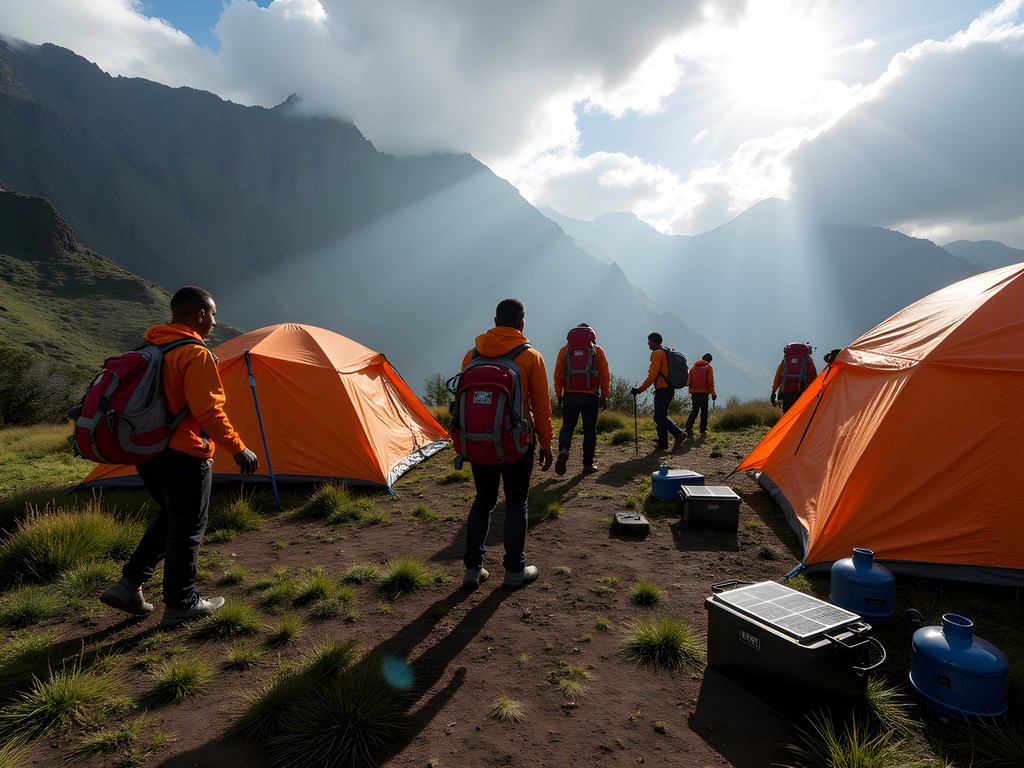
💡 Pro Tips
- Book directly with specialist operators rather than through general luxury travel agencies for better customization
- Inquire about guide team credentials—the best luxury expeditions employ guides with international certifications
- Consider the shoulder seasons (May or November) for reduced pricing without significant compromise on experience
Final Thoughts
Luxury on Kilimanjaro doesn't diminish the mountain's fundamental challenge—the altitude, weather, and physical demands remain constant regardless of your investment level. What premium expeditions offer is optimization of the experience: maximizing comfort where possible, mitigating discomforts where necessary, and creating space for deeper appreciation of the journey.
As someone who has experienced both standard and luxury approaches to adventure travel, I find the premium Kilimanjaro model represents something more nuanced than simple indulgence. It's an intelligent recalibration of resources that enhances safety margins, improves environmental practices, ensures ethical treatment of local staff, and creates a more complete narrative experience of one of our planet's great adventures.
For couples seeking a transformative shared achievement without unnecessary hardship, the luxury Kilimanjaro experience delivers a rare combination of genuine challenge and thoughtful comfort. The memories you'll create—from candlelit dinners with Mawenzi Peak silhouetted against the stars to that moment when you stand together at Uhuru Point—are well worth the premium investment. After all, you're not just climbing a mountain; you're crafting a defining chapter in your shared story—one that deserves to be written with precision, intention, and yes, perhaps a touch of champagne at 19,341 feet.
✨ Key Takeaways
- Luxury Kilimanjaro expeditions offer substantially better acclimatization profiles, improving both safety and summit success rates
- The premium extends beyond comfort to include enhanced safety protocols, ethical employment practices, and environmental sustainability
- For couples, the shared achievement without unnecessary discomfort creates a more positive bonding experience
- The ideal booking window is 6-9 months in advance, with July-October offering optimal weather conditions
📋 Practical Information
Best Time to Visit
July-October (dry season) or January-February (short dry season)
Budget Estimate
$12,000-$20,000 per person
Recommended Duration
10-12 days on mountain, 14 days total including pre/post-climb
Difficulty Level
Challenging
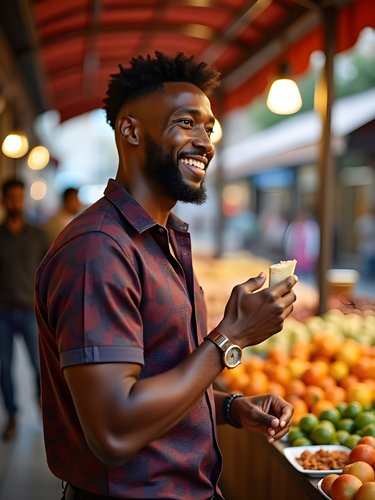








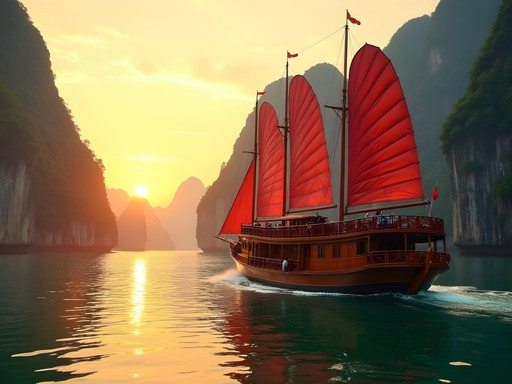

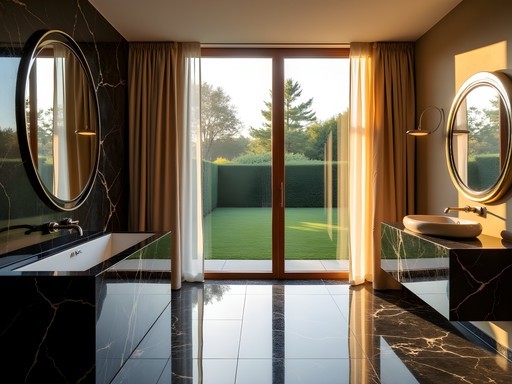
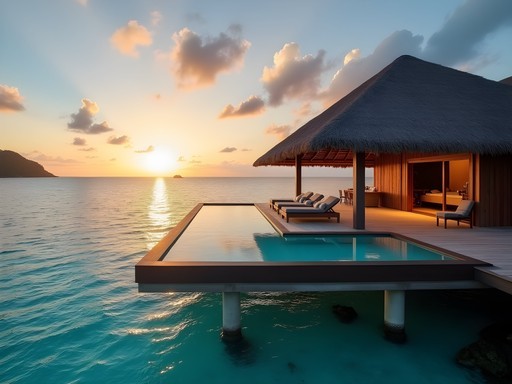
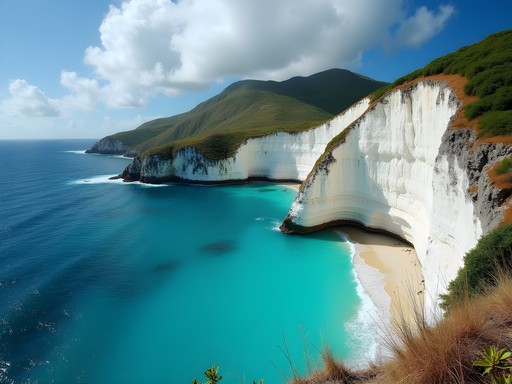

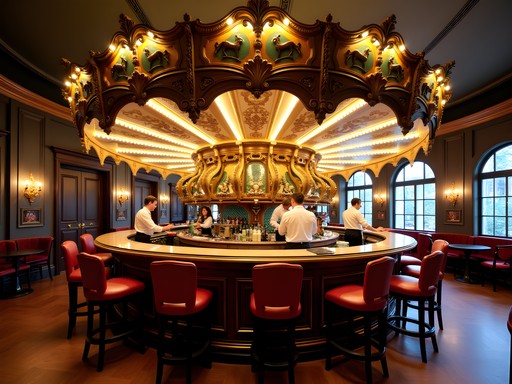
Comments
skyseeker
Those sunset photos from the luxury camp are INCREDIBLE! 😍
travelninja
Just summited Kili last month on a premium route! Worth EVERY penny. The difference in sleep quality alone made our summit success possible. My friend went budget two years ago and failed to summit - he was exhausted from poor sleep at crowded campsites. Our private dining tent with actual chairs, gourmet meals, and heated wash water each morning kept morale high. Pro tip: even on luxury climbs, good gear matters. My heated gloves saved my fingers on summit night when temps dropped below -20°C. The mountain doesn't care how much you paid for your trek when you're at 19,000 feet!
explorepro
This looks incredible but what's the price difference between standard and luxury climbs? Trying to plan for next year and wondering if it's worth the splurge.
Sarah Powell
Fascinating contrast to my traditional Kilimanjaro climb from 2023. I deliberately chose the most basic Marangu route experience to connect with the mountain's raw challenge. While the luxury approach certainly addresses the comfort pain points (those basic toilet facilities still haunt me), I wonder if something essential is lost when you add too many amenities? The physical discomfort somehow amplified my summit achievement. That said, I'm intrigued by how the walking lodges might increase summit success rates by improving sleep quality. Jonathan, did you notice better acclimatization with the premium accommodations?
skyseeker
Different strokes for different folks! Some want the raw experience, others want comfort. Both valid!
coolway
Sarah, I'm with you on this. Part of the achievement feeling comes from roughing it a bit. But man, those toilets...
coolway
Whoa! Didn't even know luxury Kilimanjaro was a thing! The walking lodges sound incredible. Anyone done this version of the climb?
Haley Hamilton
I did a semi-luxury trek last year! Not quite as fancy as what Jonathan describes here, but we had actual beds and hot showers at some camps. Game changer after long hiking days.
Douglas Bradley
Fascinating article, Jonathan. I've been documenting adventure tourism trends for my blog, and the luxury-fication of traditionally rugged experiences is definitely gaining momentum. I climbed Kilimanjaro via the Machame route in 2023, and while I appreciate the purist approach, I can see the appeal of these premium services. What I found most interesting in your article was the point about sustainability. Are these luxury operations actually more eco-friendly with their permanent structures? Or do they have a larger footprint? I'd be curious to know more about how they're managing waste and resource consumption compared to traditional expeditions. Also, for anyone considering either option - the mountain doesn't care how much you paid to climb it. The altitude affects everyone equally, so proper acclimatization is still essential regardless of amenities!
Jonathan Stewart
Great points, Douglas! The sustainability question is complex. The luxury operations generally have better waste management systems and more efficient energy use (solar panels at some camps), but their overall footprint is larger due to the additional amenities and infrastructure. Some companies are offsetting their carbon footprint and investing in local conservation efforts. I'm planning a follow-up piece specifically on the environmental impact of different climbing approaches.
greenlover
I did Kilimanjaro the traditional way last year and honestly, while this luxury option sounds amazing, I think there's something special about the more rugged experience. The camaraderie in the basic camps, the shared struggle with other climbers from around the world, and that feeling of accomplishment when you reach the top after roughing it for days. That said, I might have appreciated those heated sleeping pods during the -15°C summit night! My down sleeping bag barely kept me warm enough.
springchamp
Did you make it to the summit? I heard the altitude sickness can be brutal no matter how you climb.
greenlover
Yes! Made it to Uhuru Peak! The altitude was challenging - had headaches for two days, but our guide made us go "pole pole" (slowly slowly) which helped. I think about 1/3 of our group had to turn back though. No luxury amenities can prevent altitude sickness!
springchamp
Wow, I didn't even know luxury climbing was a thing! How much more expensive is this compared to a regular Kilimanjaro climb?
Jonathan Stewart
Great question! The luxury packages typically run about 3-4x the cost of standard climbs. You're looking at $7,000-10,000 compared to $2,000-3,000 for regular routes. The premium covers the walking lodges, gourmet meals, private toilets, and additional support staff.
springchamp
Thanks for the info! Definitely out of my budget but sounds amazing!
springmood
Just got back from Kili (regular climb) and honestly, after seeing these pics, I'm kinda wishing we'd splurged! Those hot showers would've been heaven after summit day!
globelife895
Just booked my luxury climb for next year! My research suggests bringing your own quality sleeping bag even with the luxury option. I got the mountain sleeping bag after reading tons of reviews. Anyone else have gear recommendations?
happyvibes
Don't forget a really good headlamp! You'll need it for the summit night push which starts around midnight. And bring twice as many hand warmers as you think you need!
Venture X
Premium card with 2X miles, $300 travel credit, Priority Pass